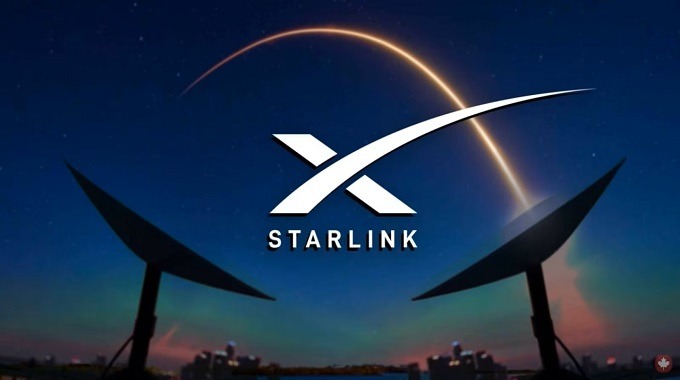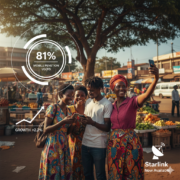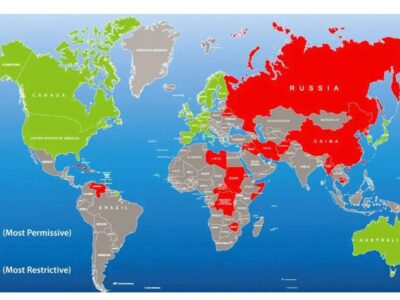SpaceX has received approval to increase the number of launches for its Starship vehicle, which will carry next-generation Starlink satellites into orbit and usher in gigabit speeds for Starlink.
The Federal Aviation Adminstration previously limited the launches to five per year from SpaceX’s site in Starbase, Texas. But on Tuesday, the federal agency effectively raised the limit to 25 per year in an official report that weighed the environmental impacts of such an increase.
“The FAA has determined that modifying SpaceX’s vehicle operator license supporting the increased launch and landing cadence of the Starship/Super Heavy launch vehicle would not significantly impact the quality of the human environment within the meaning of NEPA (National Environmental Policy Act),” the agency said in its Final Environmental Assessment.
By Ropafadzo Mashawi
FAA’s clearance also means SpaceX can land up to 25 first-stage boosters in the area and up to 25 second stages for Starship.
The decision gives SpaceX ample room to ramp up Starship launches, although the vehicle remains in testing. In March, the company conducted its eighth Starship flight, but the upper stage tumbled out of control and exploded in the atmosphere. The seventh Starship flight met a similar end, with the upper stage once again breaking apart after launch.
The ninth Starship flight is not yet scheduled. But the vehicle is crucial to upgrading SpaceX’s Starlink network, which delivers high-speed broadband to users on the ground. The company suggests it will pack 60 next-generation V3 Starlink satellites into a future Starship flight.
“Each V3 Starlink satellite will have 1Tbps of downlink speeds and 160Gbps of uplink capacity, which is more than 10x the downlink and 24x the uplink capacity of the V2 Mini Starlink satellites,” SpaceX wrote in its latest progress report for Starlink.














Comments